The wild is home to creatures that are as beautiful as they are deadly. While some rely on camouflage or brute strength to survive, others possess powerful poisons capable of immobilizing, injuring, or even killing their enemies. From the depths of the oceans to the darkest jungles, these creatures remind us that nature’s most dangerous weapons often come in small, unassuming packages.
1. Box Jellyfish
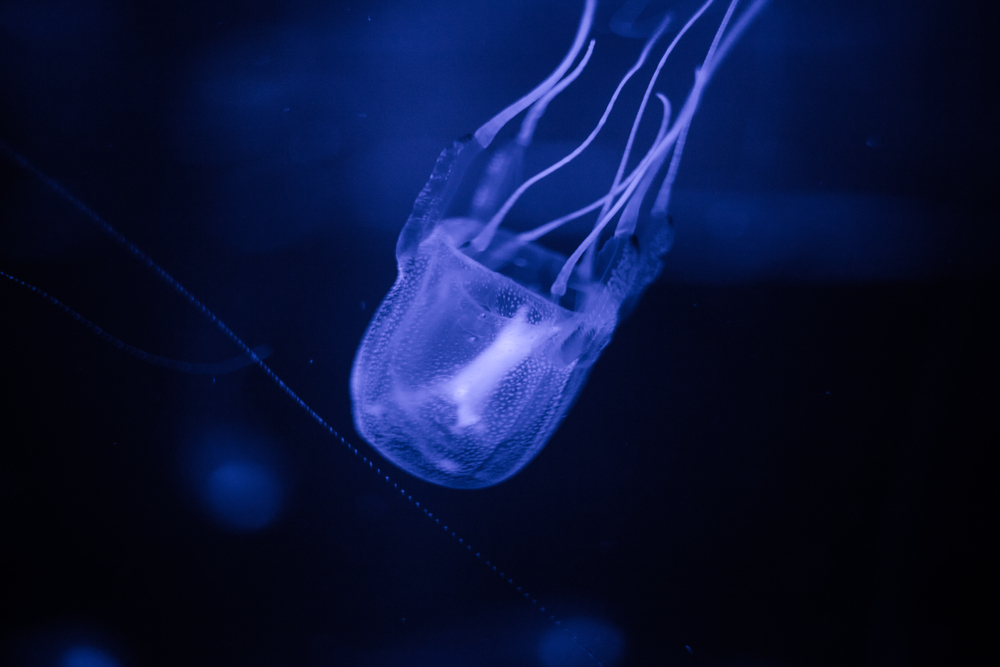
The box jellyfish is often considered the most poisonous marine animal in the world. Found in the warm waters of the Indo-Pacific, its tentacles are covered in nematocysts that deliver a venom capable of causing cardiac arrest, paralysis, and even death within minutes. Its near-transparent body makes it difficult to spot, adding to its danger. Swimmers in box jellyfish territories are always on high alert, as even the lightest brush against its tentacles can be fatal.
2. Inland Taipan
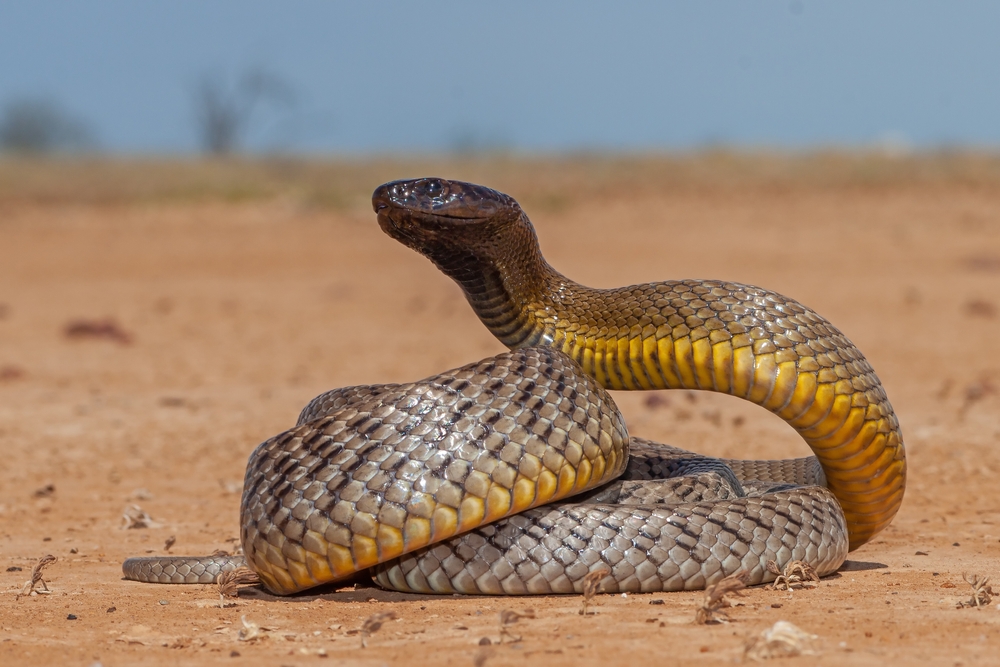
Nicknamed the “fierce snake,” the inland taipan holds the title of the most venomous snake on the planet. Native to Australia’s arid regions, its venom is potent enough to kill 100 humans with a single bite. Thankfully, the inland taipan is reclusive and rarely comes into contact with people. When it does strike, its venom works quickly, shutting down the nervous system and causing organ failure in a matter of hours.
3. Poison Dart Frog
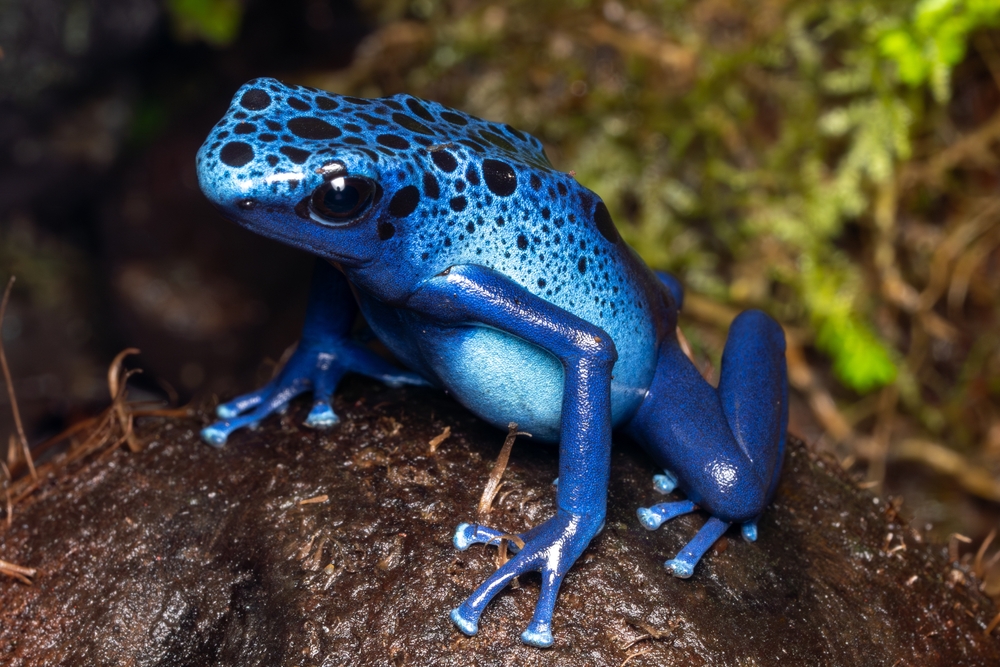
Don’t let its vibrant colors fool you—the poison dart frog is one of the deadliest amphibians in the world. Found in Central and South America, its skin secretes batrachotoxin, a potent poison that can cause paralysis and death. Indigenous tribes have historically used this toxin to coat their blow darts, hence the frog’s name. Despite their small size, these frogs are a vivid reminder that danger often comes in bright packages.
4. Blue-Ringed Octopus
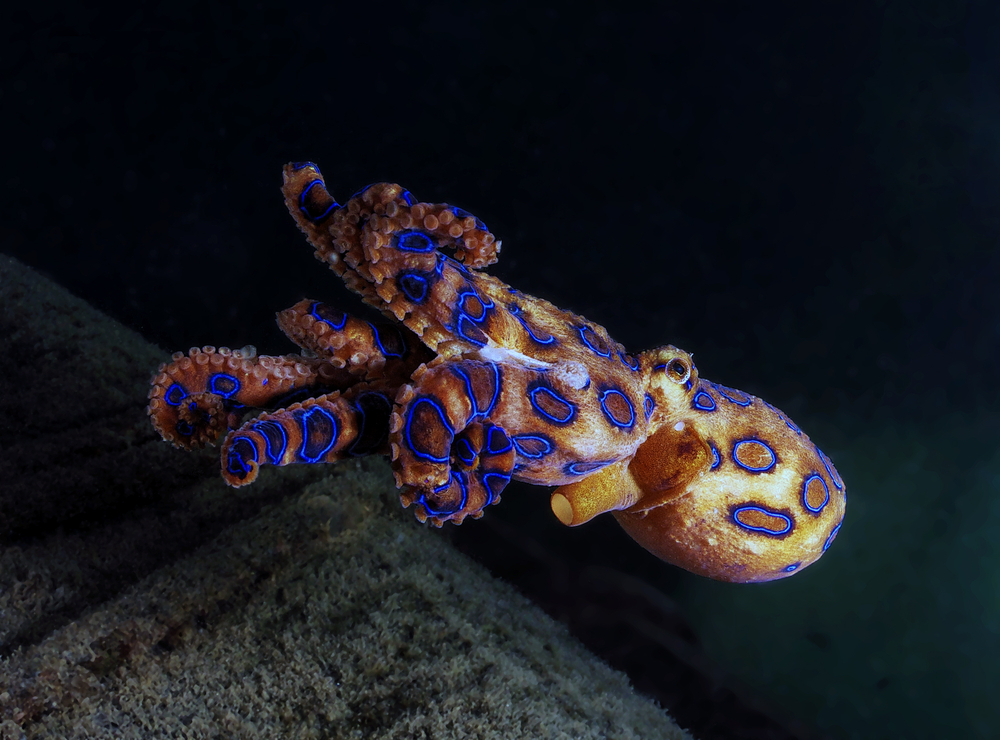
The blue-ringed octopus may be tiny, but its venom is anything but. Found in tide pools across the Pacific and Indian Oceans, its striking blue rings serve as a warning to stay away. A single bite can inject enough venom to cause paralysis, respiratory failure, and death. What’s truly terrifying is that there’s no known antidote. Swimmers and divers are advised to admire this creature from a safe distance.
5. King Cobra
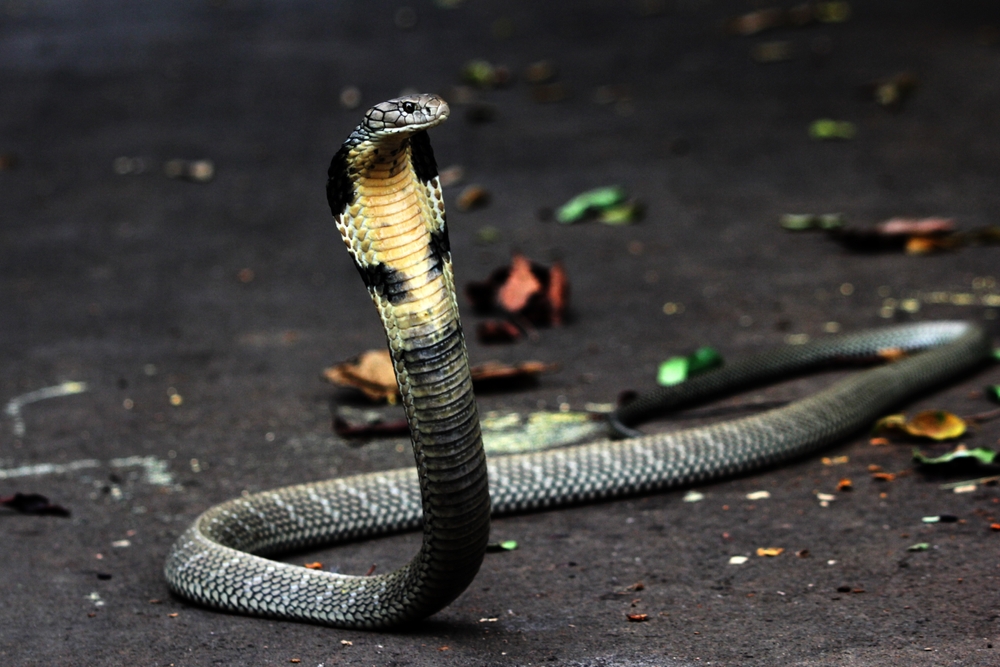
The king cobra, the longest venomous snake in the world, is both majestic and deadly. Found in the forests of Southeast Asia, its venom is a potent neurotoxin that can kill an elephant—or a human—in just a few hours. When threatened, the king cobra rises up and flares its iconic hood, a display as intimidating as it is beautiful. Its combination of size, speed, and deadly venom makes it a formidable predator.
6. Cone Snail
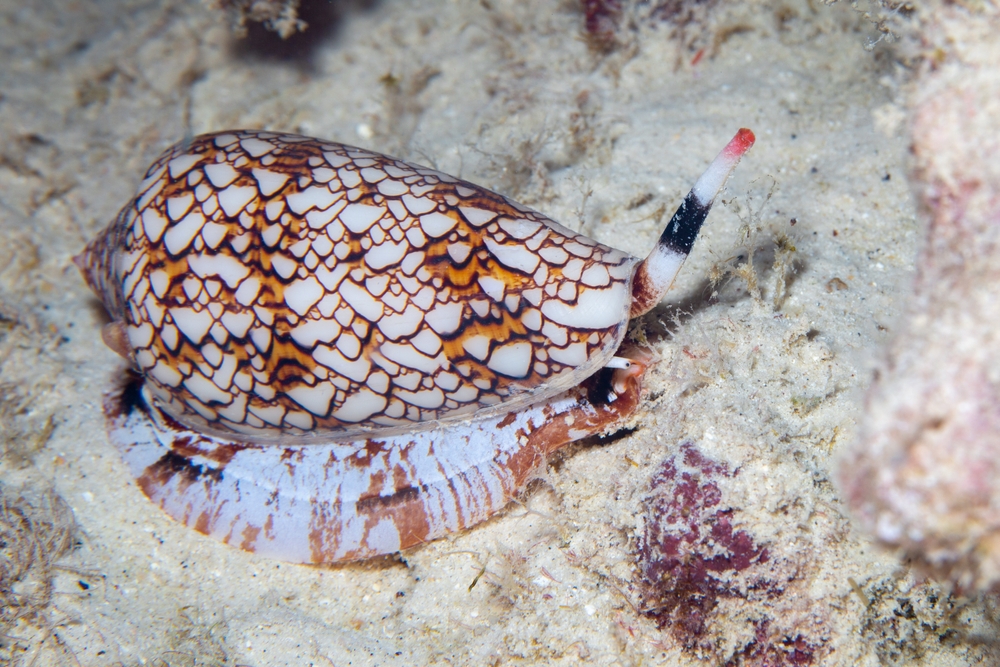
The cone snail, often found in tropical waters, is one of the most deceptively dangerous creatures in the ocean. Its beautifully patterned shell hides a venomous harpoon-like tooth capable of paralyzing prey instantly. Known as “cigarette snails” because the venom kills in the time it takes to smoke a cigarette, they remind beachgoers to handle shells with caution. The toxin can cause paralysis and respiratory failure, and there’s no known antidote.
7. Stonefish
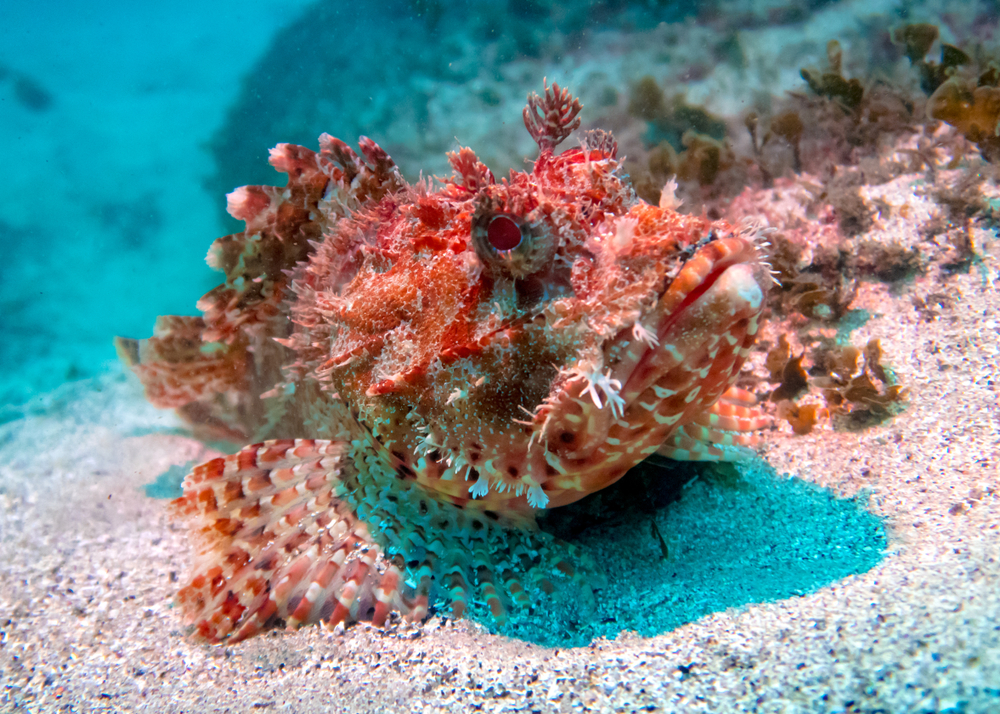
The stonefish is the most venomous fish in the world, lurking on seabeds where its camouflage makes it nearly invisible. Found in tropical waters, its dorsal spines inject venom when stepped on, causing excruciating pain, swelling, and potentially death. Swimmers are often unaware of its presence until it’s too late, making the stonefish a dangerous surprise for anyone exploring shallow reefs.
8. Pufferfish
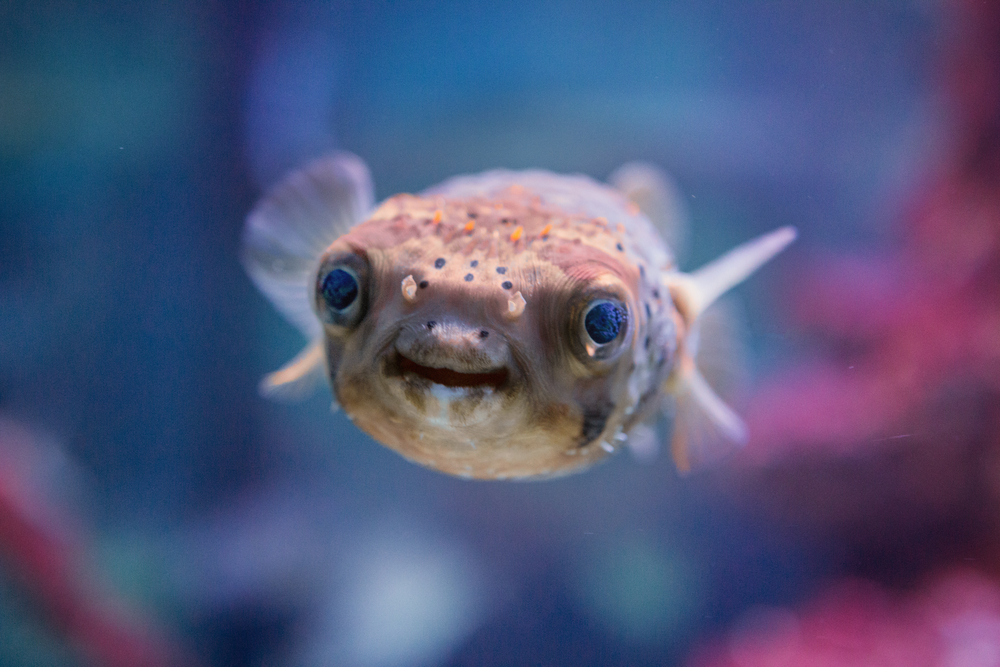
Pufferfish, known for their ability to inflate like balloons, contain tetrodotoxin, a poison that’s 1,200 times more potent than cyanide. Found in warm ocean waters, they are considered a delicacy in some cultures, but improper preparation can be fatal. Just a small amount of this toxin can paralyze the muscles, including those needed for breathing, leading to a slow and agonizing death.
9. Funnel-Web Spider
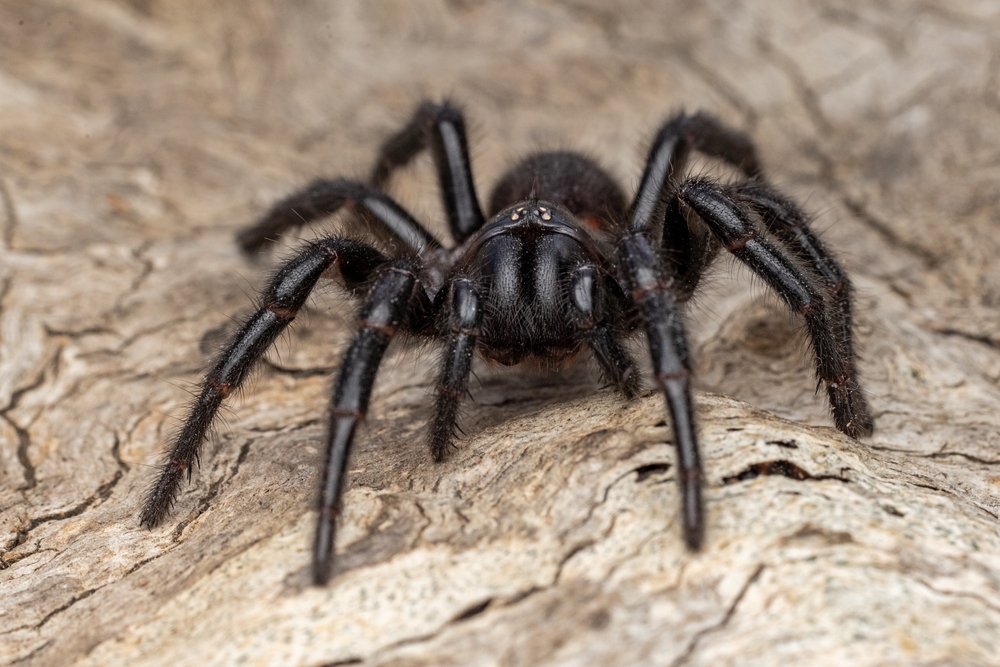
The funnel-web spider, native to Australia, is one of the most venomous spiders in the world. Its aggressive nature and potent venom make it a creature to avoid. A single bite can cause severe pain, sweating, vomiting, and in extreme cases, death within an hour. Thankfully, an antivenom exists, but quick treatment is crucial. Its ability to hide in dark, damp places only adds to its sinister reputation.
10. Deathstalker Scorpion
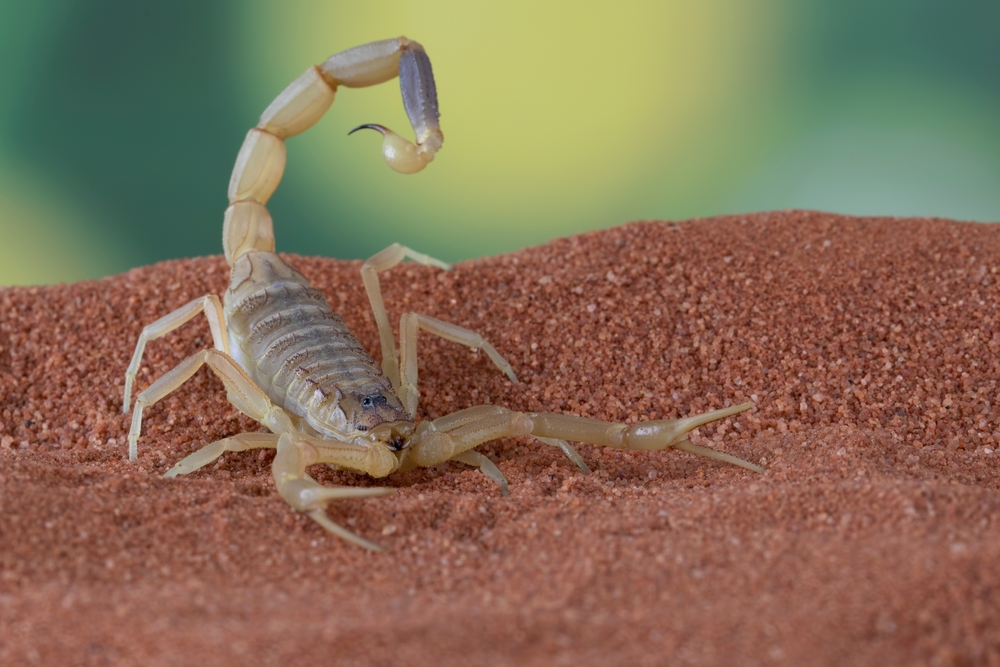
The deathstalker scorpion, found in North Africa and the Middle East, lives up to its menacing name. Its venom is a potent cocktail of neurotoxins that can cause unbearable pain, convulsions, and, in severe cases, death. While fatal stings are rare, they pose a significant threat to children and those with compromised immune systems. Its stealthy movements and deadly sting make it one of the most feared scorpions in the world.
11. Brazilian Wandering Spider
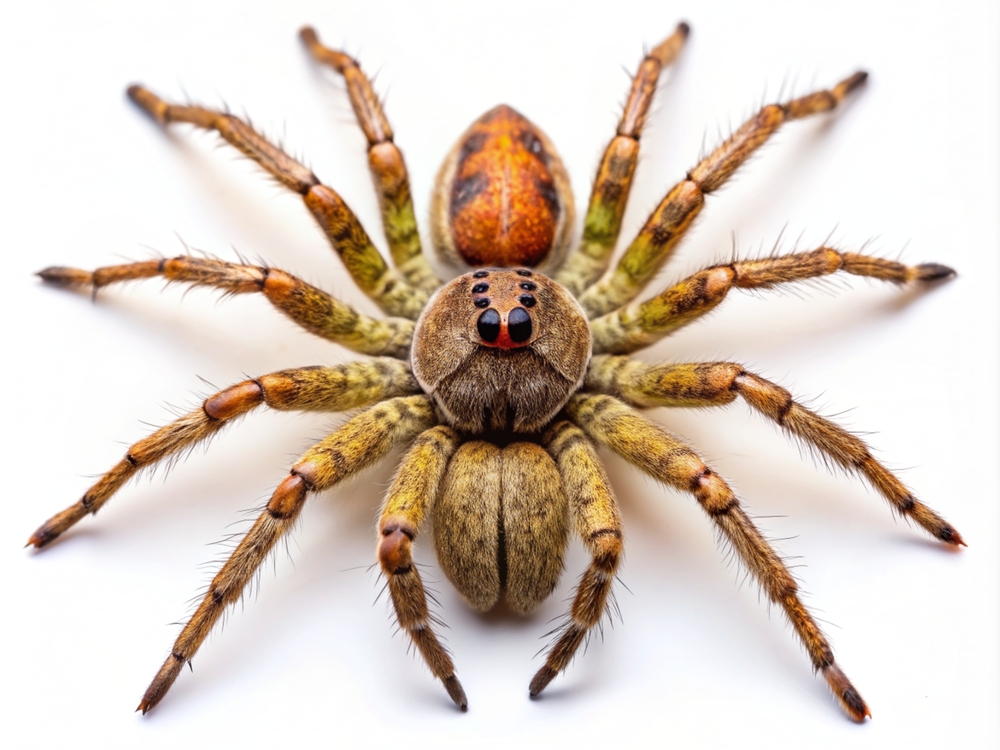
Known as the “banana spider,” the Brazilian wandering spider is infamous for its aggressive nature and potent venom. Found in South America, it often hides in homes, clothing, and even banana shipments. Its venom can cause intense pain, paralysis, and even death. What makes it particularly dangerous is its tendency to roam, increasing the likelihood of accidental encounters with humans.
12. Fire Coral
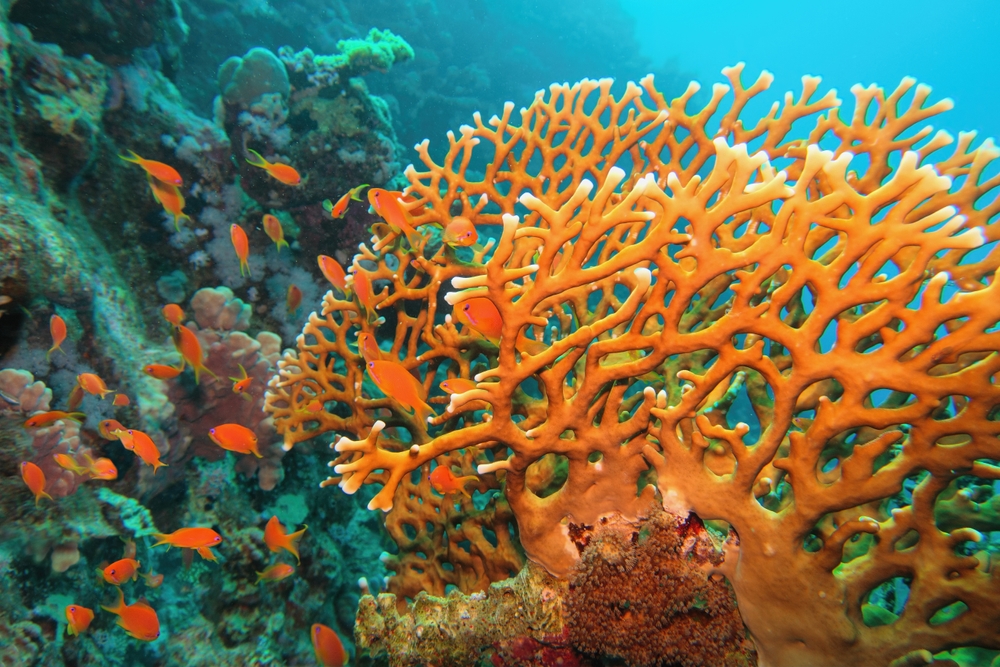
Fire coral, often mistaken for harmless coral or algae, is a marine animal with venomous nematocysts that deliver a painful sting. Found in tropical oceans, a touch can cause burning sensations, rashes, and even nausea. Divers often accidentally brush against fire coral while exploring reefs, unaware of the hidden danger. Its unassuming appearance makes it one of the ocean’s stealthiest threats.
13. Boomslang
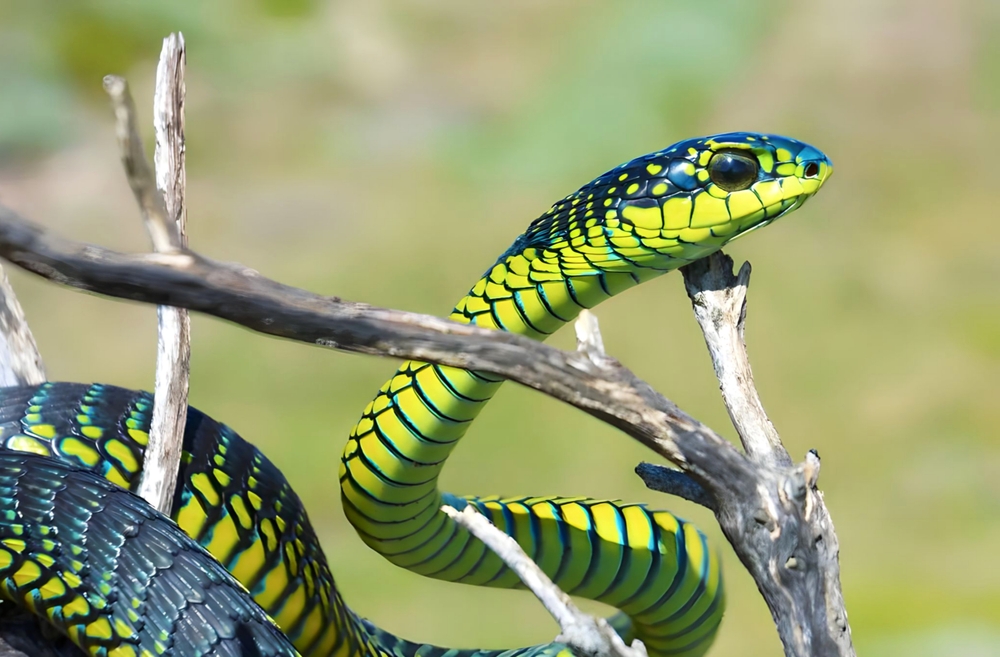
The boomslang, a tree-dwelling snake native to Africa, is as deadly as it is elusive. Its venom is hemotoxic, causing internal bleeding and organ failure. While its bites are rare due to its shy nature, the boomslang can deliver a fatal dose with just a small amount of venom. Its green and brown coloration helps it blend into foliage, making it a silent, hidden threat in the wild.
